Italy is globally renowned for its iconic Ferrari brand, but the country’s automotive passion extends far beyond. The rich tapestry of Italy’s car culture showcases lesser-known brands and the fervent enthusiasm that fuels the nation’s automotive innovation and love. This exploration reveals the depth of Italy’s automotive heritage, design prowess, and motorsport legacy.
The Rich Heritage of Italian Car Brands
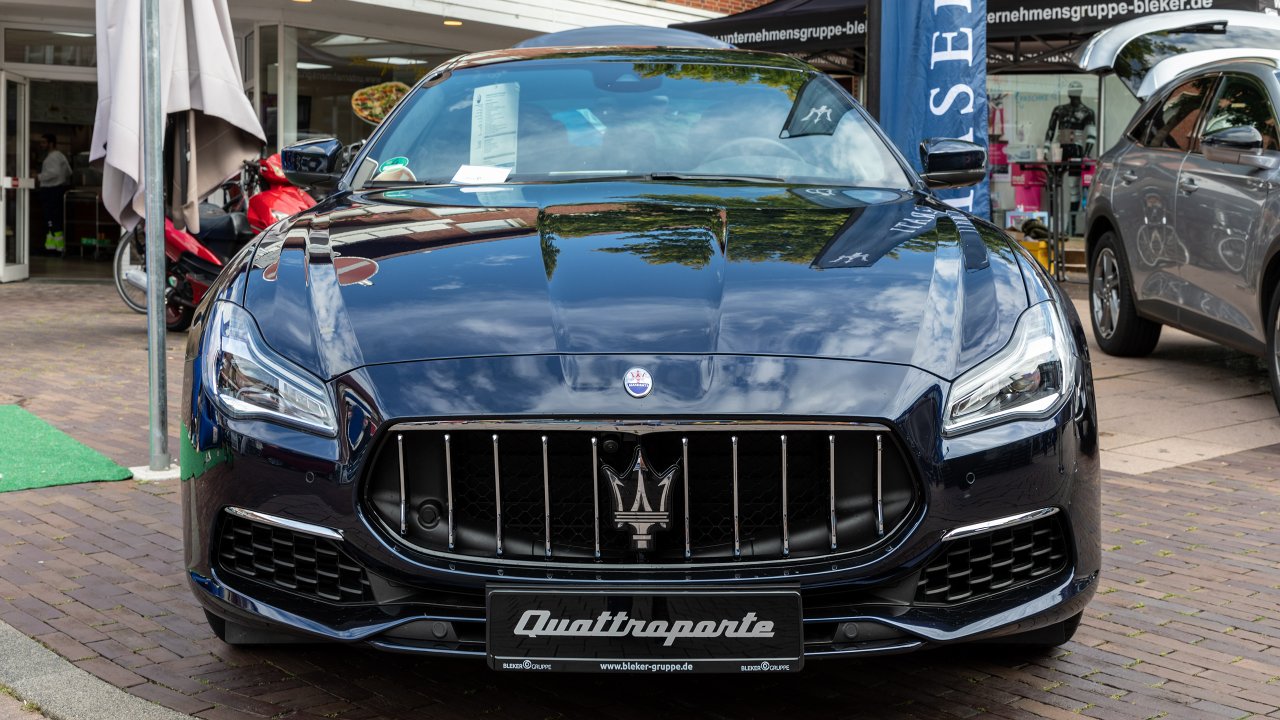
Maserati stands as a testament to Italy’s luxury automotive legacy. Founded in 1914, Maserati has consistently delivered vehicles that combine elegance with high performance. The brand’s history is marked by iconic models like the Maserati Quattroporte and the GranTurismo, which have captivated car enthusiasts worldwide. Maserati’s commitment to innovation and style ensures its place alongside Ferrari as a symbol of Italian automotive excellence.
Lancia, another storied Italian brand, has made significant contributions to automotive engineering. Known for its pioneering spirit, Lancia introduced innovations such as the first production car with a monocoque chassis. The brand’s rally heritage, highlighted by models like the Lancia Delta Integrale, has left an indelible mark on motorsport history. Despite recent challenges, Lancia’s legacy continues to inspire car enthusiasts and engineers alike.
Alfa Romeo’s enduring appeal lies in its ability to blend performance with design excellence. Since its inception in 1910, Alfa Romeo has produced vehicles that are celebrated for their driving dynamics and aesthetic beauty. Models like the Alfa Romeo Giulia and the 4C exemplify the brand’s commitment to creating cars that are both thrilling to drive and visually stunning. Alfa Romeo’s dedication to its core values ensures its continued relevance in the automotive world.
The Role of Italian Design Houses
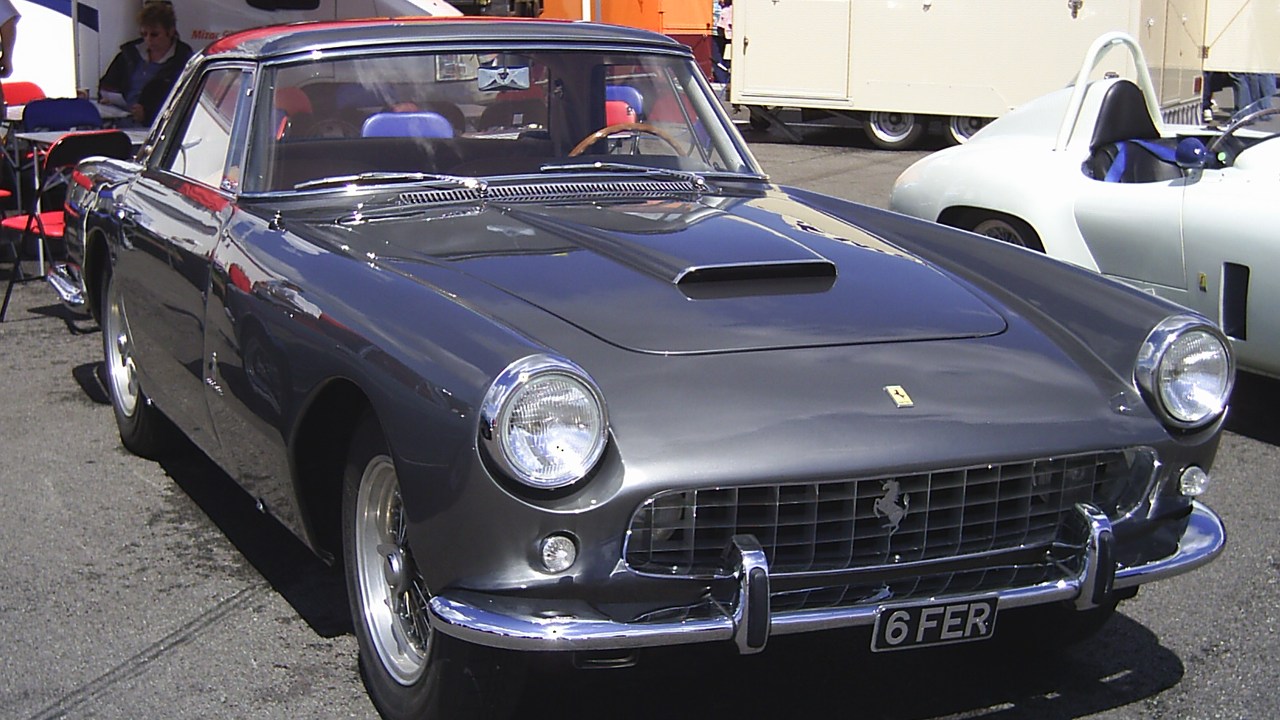
Pininfarina is synonymous with Italian automotive design, having shaped the aesthetics of numerous car brands. Founded in 1930, Pininfarina has collaborated with manufacturers like Ferrari, Maserati, and Alfa Romeo, creating timeless designs that have become benchmarks in the industry. The Ferrari 250 GT and the Maserati GranTurismo are just a few examples of Pininfarina’s iconic work, showcasing the design house’s ability to blend form and function seamlessly.
Bertone, another influential design house, has left a lasting impact on the car design world. Known for its bold and innovative approach, Bertone has worked with major automakers such as Lamborghini and Fiat. The Lamborghini Miura, often credited as the world’s first supercar, is a testament to Bertone’s visionary design philosophy. Bertone’s legacy continues to inspire new generations of designers and car enthusiasts.
Zagato’s unique touch is evident in its distinctive design philosophy, which emphasizes lightweight construction and aerodynamic efficiency. Collaborating with brands like Aston Martin and Alfa Romeo, Zagato has produced limited-edition models that are highly sought after by collectors. The Alfa Romeo TZ3 Stradale and the Aston Martin V12 Zagato exemplify Zagato’s commitment to pushing the boundaries of automotive design.
The Italian Motorsport Passion
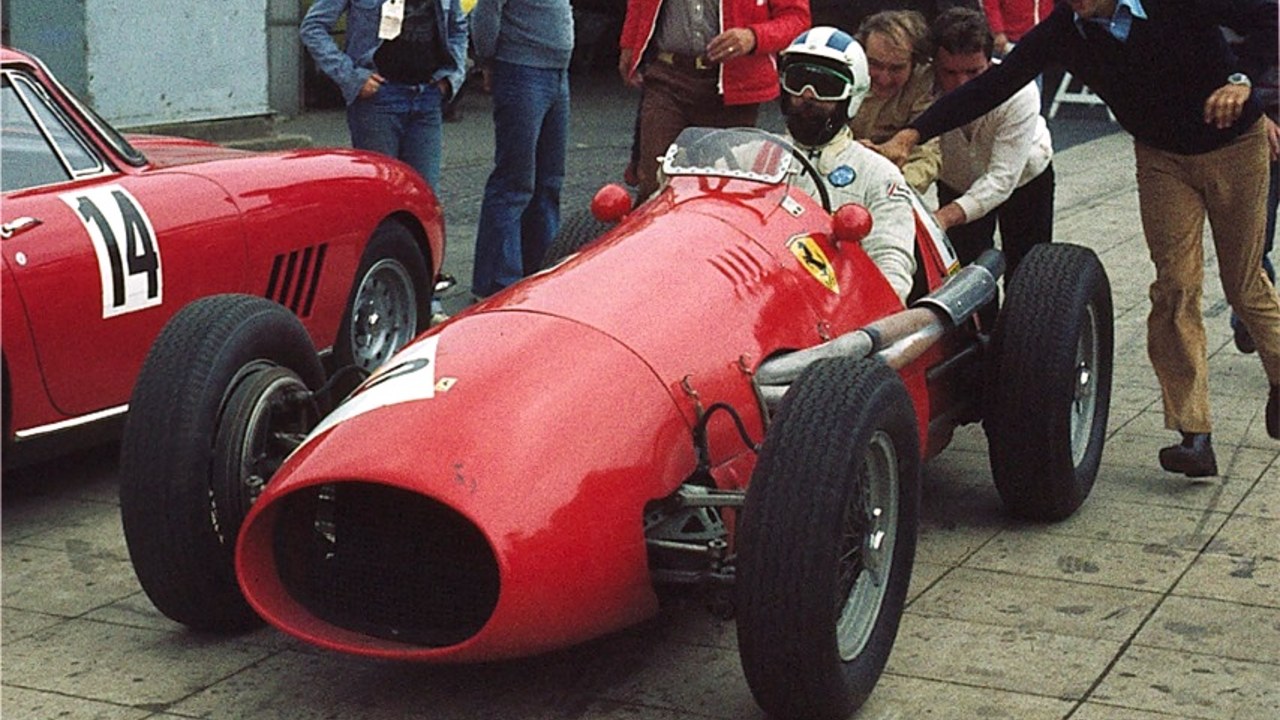
Italy’s racing circuits, such as Monza and Imola, are integral to the country’s motorsport heritage. Monza, known as the “Temple of Speed,” has hosted the Italian Grand Prix since 1922, making it one of the oldest and most prestigious tracks in the world. Imola, with its challenging layout, has been a favorite among drivers and fans alike, hosting numerous Formula 1 races and other motorsport events.
Italian drivers have made significant contributions to global motorsport, with legends like Alberto Ascari and Nino Farina leaving their mark in Formula 1. Ascari, a two-time World Champion, and Farina, the first-ever Formula 1 World Champion, exemplify the skill and passion that Italian drivers bring to the sport. Their achievements continue to inspire new generations of racers.
Italian manufacturers have also played a crucial role in racing, with brands like Lamborghini and Alfa Romeo making significant contributions. Lamborghini’s involvement in GT racing and Alfa Romeo’s success in touring car championships highlight the competitive spirit and engineering prowess of Italian automakers. These brands continue to innovate and push the boundaries of performance in motorsport.
Car Culture and Enthusiast Communities in Italy
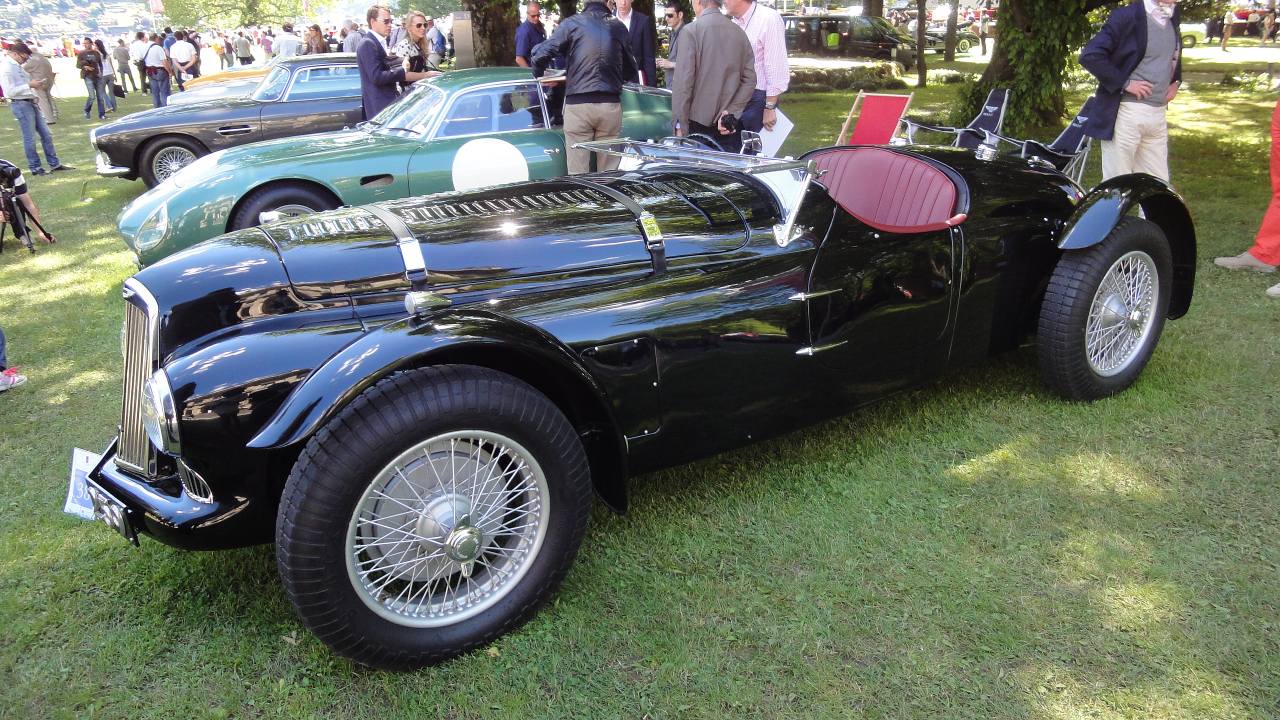
Italy’s vibrant car club scene is a testament to the country’s deep-rooted automotive passion. Enthusiasts gather regularly to celebrate their love for Italian automobiles, organizing events and rallies that showcase a wide range of classic and modern vehicles. These gatherings foster a sense of community and camaraderie among car lovers, who share a common appreciation for Italy’s automotive heritage.
Vintage and classic car shows are a highlight of Italy’s car culture, attracting enthusiasts from around the world. Events like the Concorso d’Eleganza Villa d’Este and the Mille Miglia offer a glimpse into the country’s rich automotive history, featuring meticulously restored vehicles that span decades of innovation and design excellence. These shows celebrate the artistry and craftsmanship that define Italian car manufacturing.
The customization and tuning scene in Italy is another facet of the country’s car culture, where enthusiasts personalize and modify their vehicles to reflect their individual tastes. From performance upgrades to bespoke interior designs, Italian car enthusiasts are known for their creativity and attention to detail. This passion for customization ensures that Italy remains at the forefront of automotive innovation and style.
The Future of Italian Automotive Innovation
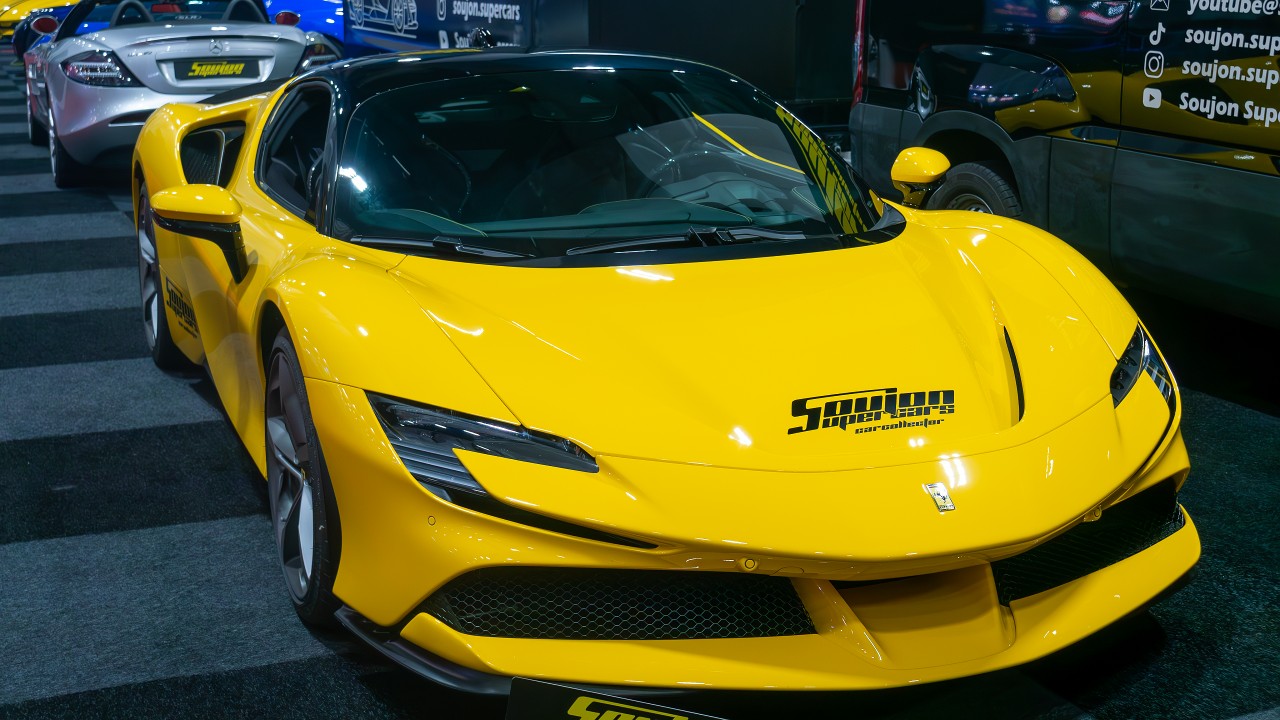
As the automotive industry shifts towards sustainable vehicles, Italian carmakers are embracing electric and hybrid technology. Brands like Ferrari and Maserati are developing hybrid models that maintain their performance heritage while reducing environmental impact. This transition reflects Italy’s commitment to innovation and sustainability in the automotive sector.
The intersection of tradition and technology is a hallmark of Italian automotive design. By blending classic design elements with cutting-edge technology, Italian brands are creating vehicles that honor their heritage while meeting the demands of modern drivers. This approach ensures that Italy remains a leader in the global automotive industry, setting trends and influencing future developments.
Italy’s role in shaping the global automotive industry is significant, with its influence extending beyond design and performance. As Italian carmakers continue to innovate and adapt to changing market demands, they contribute to the evolution of cars worldwide. Italy’s automotive legacy is not only a source of national pride but also a driving force in the industry’s future.
Like Fast Lane Only’s content? Be sure to follow us.
Here’s more from us:
*Created with AI assistance and editor review.


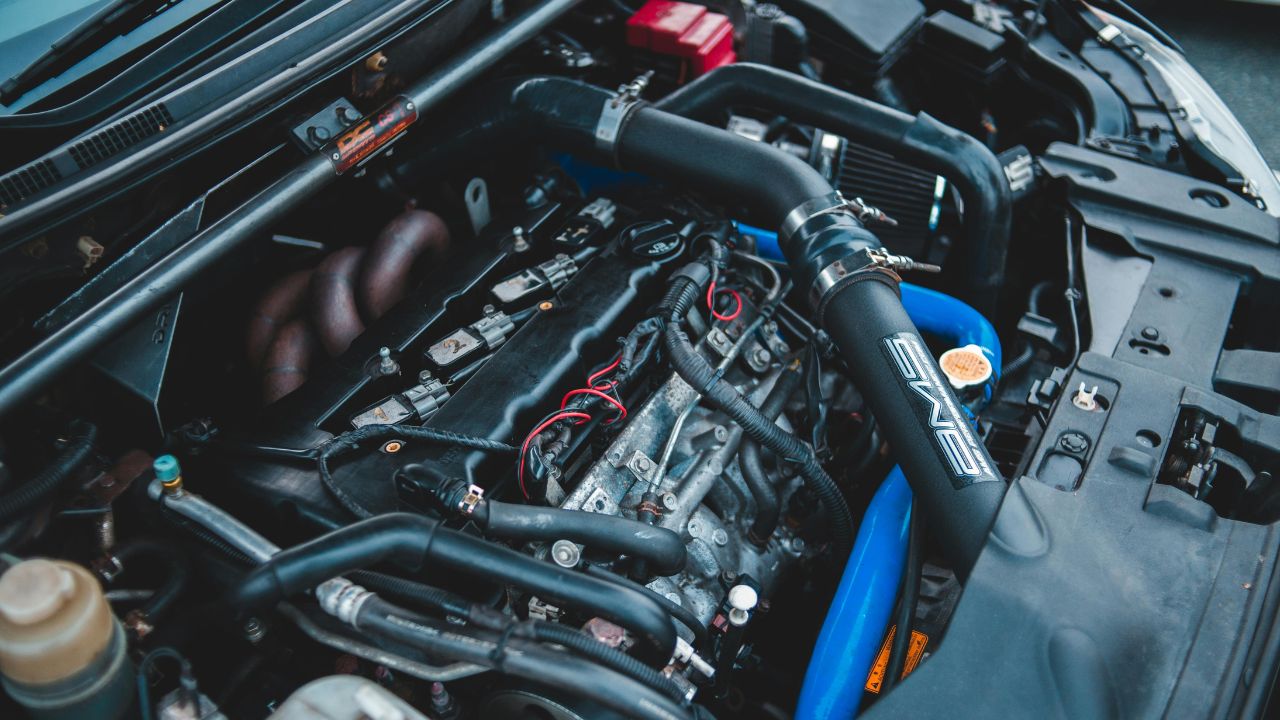


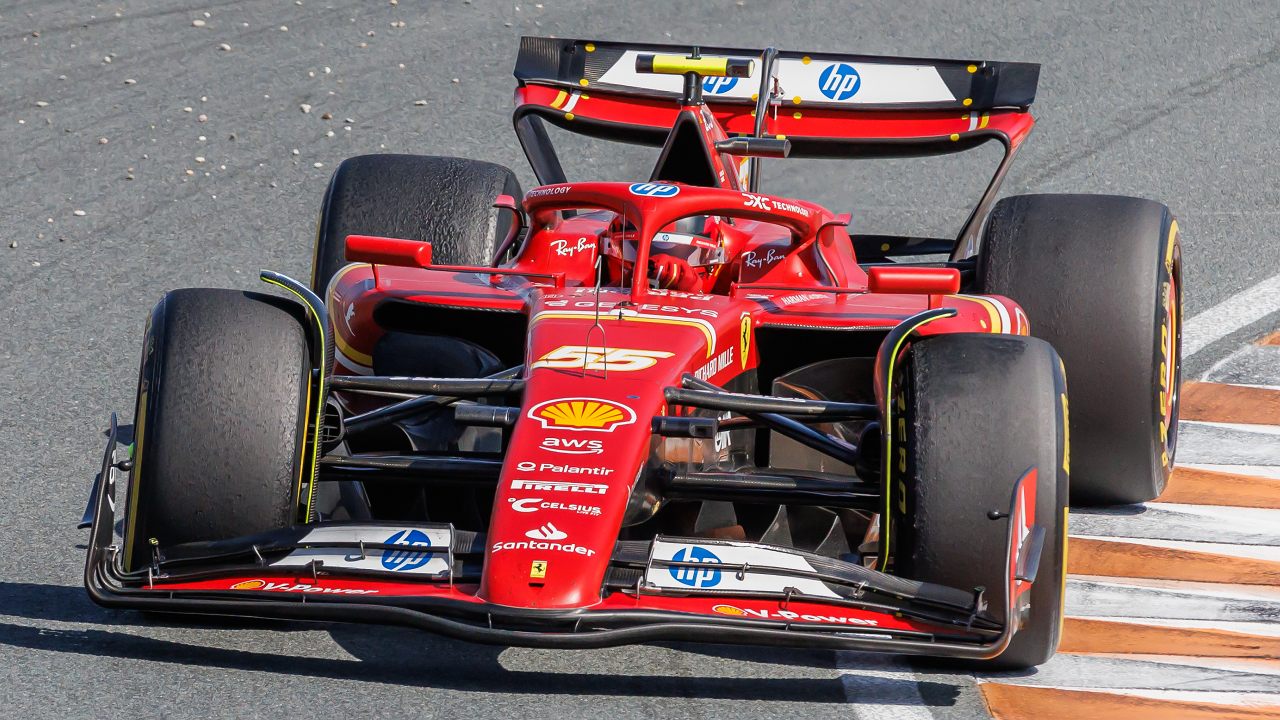

Leave a Reply